In March 1985, Soviet leader Mikhail Gorbachev introduced a series of sweeping reforms that changed the face of the Soviet Union, the federation of states that had governed Russia and most of Eastern Europe for nearly 70 years. Gorbachev’s new watchword was “perestroika,” the Russian work for restructuring. Ever since its inception in 1922, the Soviet Union’s political and economic model had been communism. Economic power lay in the hands of the state, which controlled industry, agriculture and all other natural resources. The state was governed by a single entity, the Soviet Communist Party. The party chose its own leadership internally. There were no elections. Commerce and trade outside the Soviet bloc was severely limited. In the long haul, however, the system proved unproductive. By the 1980s, the Soviet Union was mired in a deep economic crisis. Communist Party General Secretary Konstantin Chernenko, the union’s most powerful figure, died on March 10, 1985. He was replaced by Mikhail Gorbachev, who decided the time had come for the Soviet Union to make significant changes. Gorbachev overhauled the political system. Though the Communist Party maintained its supremacy, its members would be decided by direct popular vote. Gorbachev introduced the glasnost era, from a word that means “transparency” in Russian. [glasnost = transparency] Its hallmark was greater freedom for citizens and more openness toward foreign nations.
He signed a nuclear arms agreement after meeting with US President Ronald Reagan and ordered the withdrawal of Soviet troops from Afghanistan, where they had been mired since 1979 in an effort to impose a pro-Soviet regime. For the first time ever, trade between Soviet bloc nations and non-communist states was encouraged. The government also invited private involvement in the ownership and management of state companies. Soviet citizens were eventually issued vouchers that encouraged them to purchase stock in state companies. As shareholders, they could reap eventual dividends. But Russian citizens were poor. Most people chose not to become shareholders, underselling their vouchers for cash. As a result, the value of the state companies plummeted. Ironically, a voucher system designed to provide economic relief sent the Soviet economy into a definitive nosedive. Suddenly, Soviet citizens were poorer than ever. By 1990, peoples’ entire life savings had been wiped out. The economic fiasco provoked by perestroika was among the underlying elements that led to the Soviet Union’s definitive collapse.
He signed a nuclear arms agreement after meeting with US President Ronald Reagan and ordered the withdrawal of Soviet troops from Afghanistan, where they had been mired since 1979 in an effort to impose a pro-Soviet regime. For the first time ever, trade between Soviet bloc nations and non-communist states was encouraged. The government also invited private involvement in the ownership and management of state companies. Soviet citizens were eventually issued vouchers that encouraged them to purchase stock in state companies. As shareholders, they could reap eventual dividends. But Russian citizens were poor. Most people chose not to become shareholders, underselling their vouchers for cash. As a result, the value of the state companies plummeted. Ironically, a voucher system designed to provide economic relief sent the Soviet economy into a definitive nosedive. Suddenly, Soviet citizens were poorer than ever. By 1990, peoples’ entire life savings had been wiped out. The economic fiasco provoked by perestroika was among the underlying elements that led to the Soviet Union’s definitive collapse.
RELATED
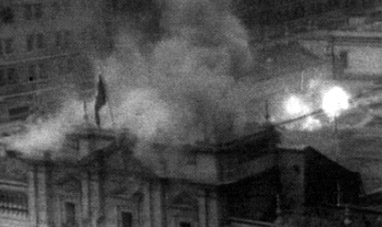

THE 1973 CHILEAN COUP


HIROSHIMA AND NAGASAKI
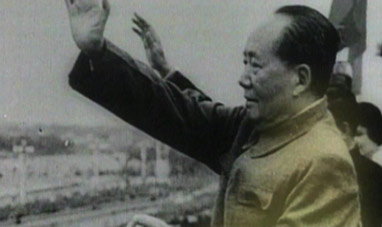

FOUNDING THE PEOPLE'S REPUBLIC OF CHINA
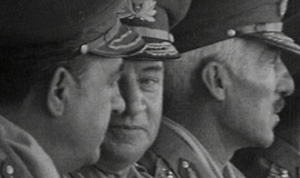

THE GREEK MILITARY COUP


THE FIRST MOON LANDING


THE PRAGUE SPRING


THE RAPE OF THE SABINE WOMEN
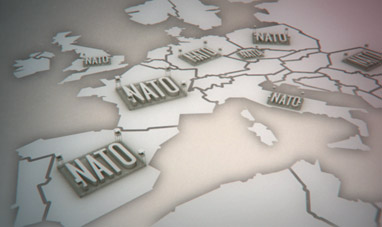

NATO (NORTH ATLANTIC TREATY ORGANIZATION)
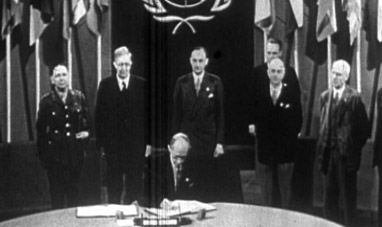

THE BIRTH OF THE UNITED NATIONS


FOUNDING OF UNITED ARAB EMIRATES
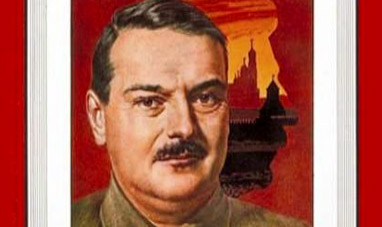

ANDREI ZHDANOV
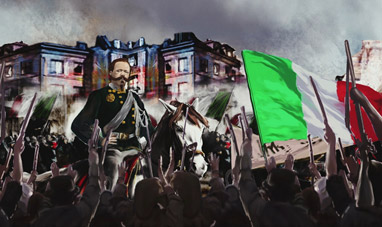

THIRD ITALIAN WAR OF INDEPENDENCE
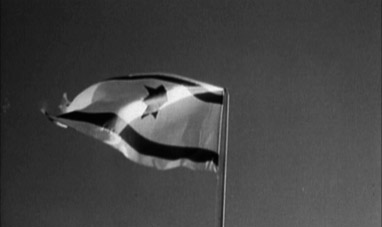

THE BIRTH OF ISRAEL
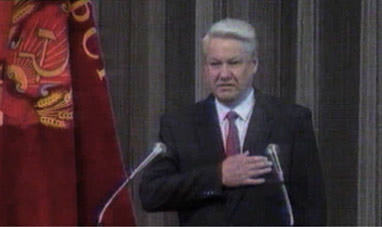

BORIS YELTSIN


THE RUSSIAN CAMPAIGN
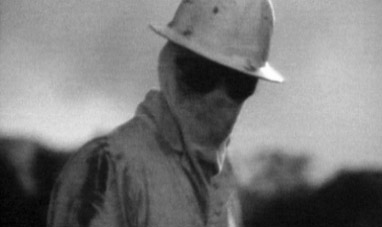

THE CHERNOBYL ACCIDENT


THE KOSOVO WAR
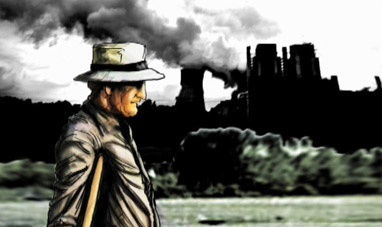

THE INDUSTRIAL REVOLUTION
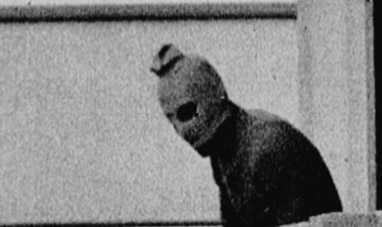

THE MUNICH MASSACRE
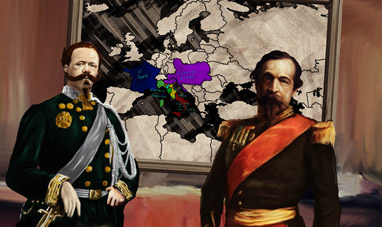

PLOMBIÈRES AGREEMENTS


THE CUBAN MISSILE CRISIS


THE FALKLANDS WAR


EARLY CHINESE DYNASTIES
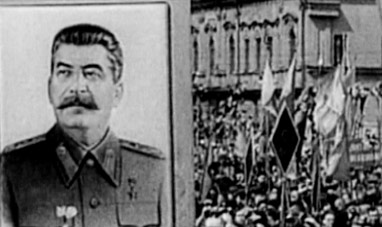

STALIN
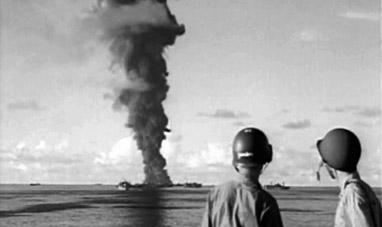

THE OUTBREAK OF WORLD WAR II


THE FIRST INTIFADA


BUILDING THE SUEZ CANAL


MIKHAIL GORBACHEV


WORLD WAR II
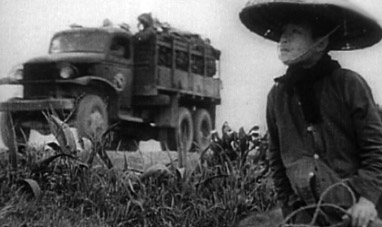

THE VIETNAM WAR
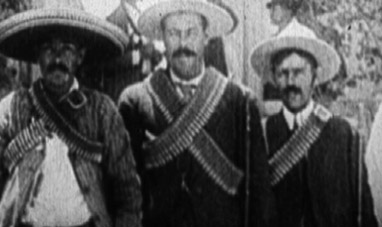

THE MEXICAN REVOLUTION


THE DREYFUS AFFAIR
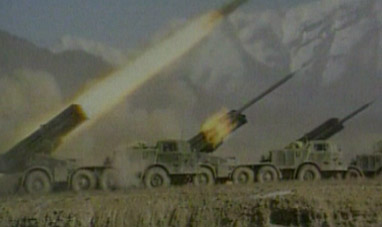

THE SOVIET INVASION OF AFGHANISTAN
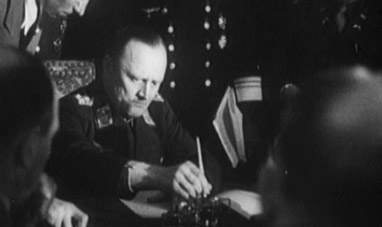

YALTA AND POTSDAM: NEW WORLD ORDER
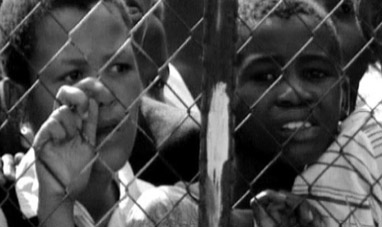

APARTHEID
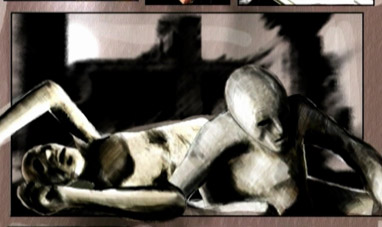

THE DESTRUCTION OF POMPEI
